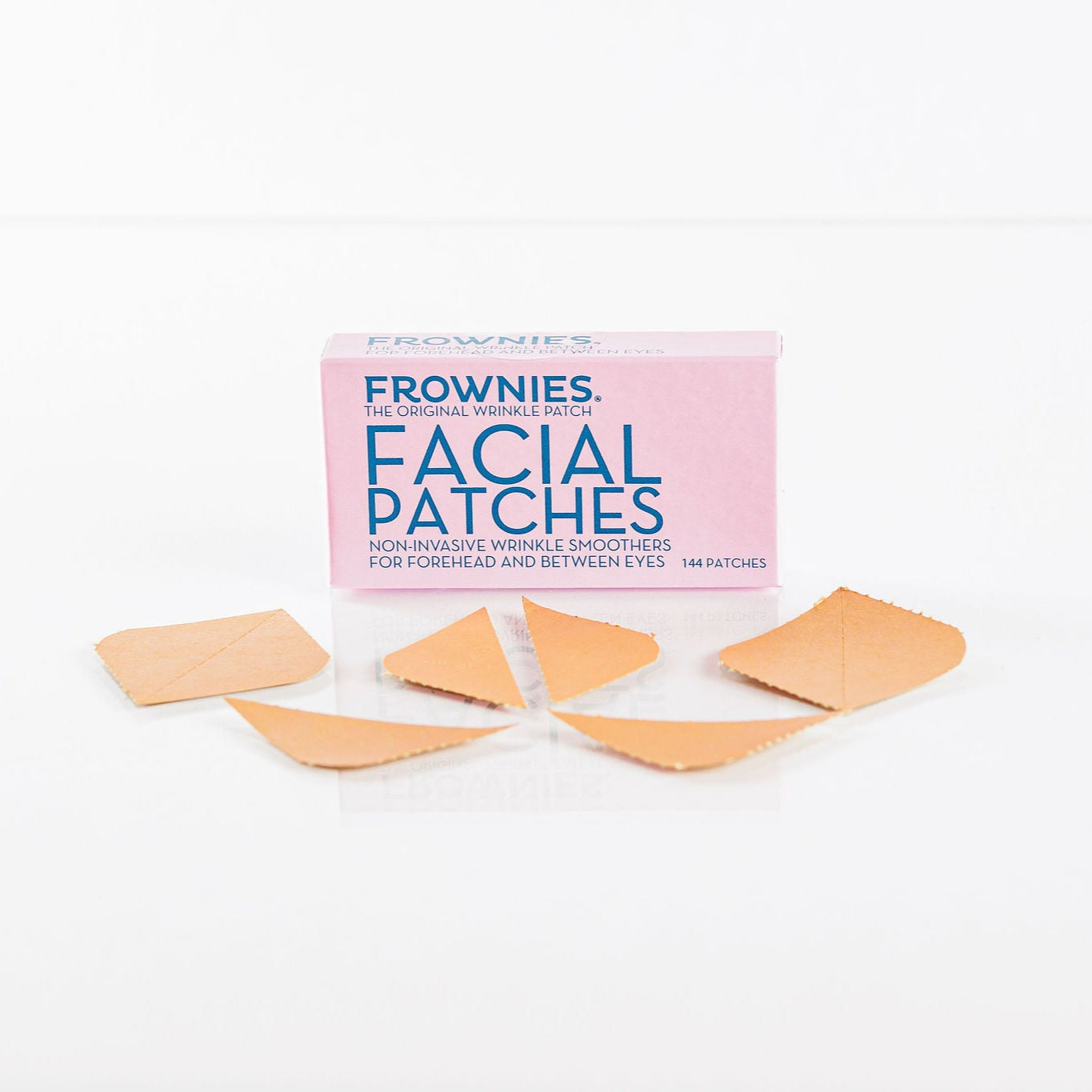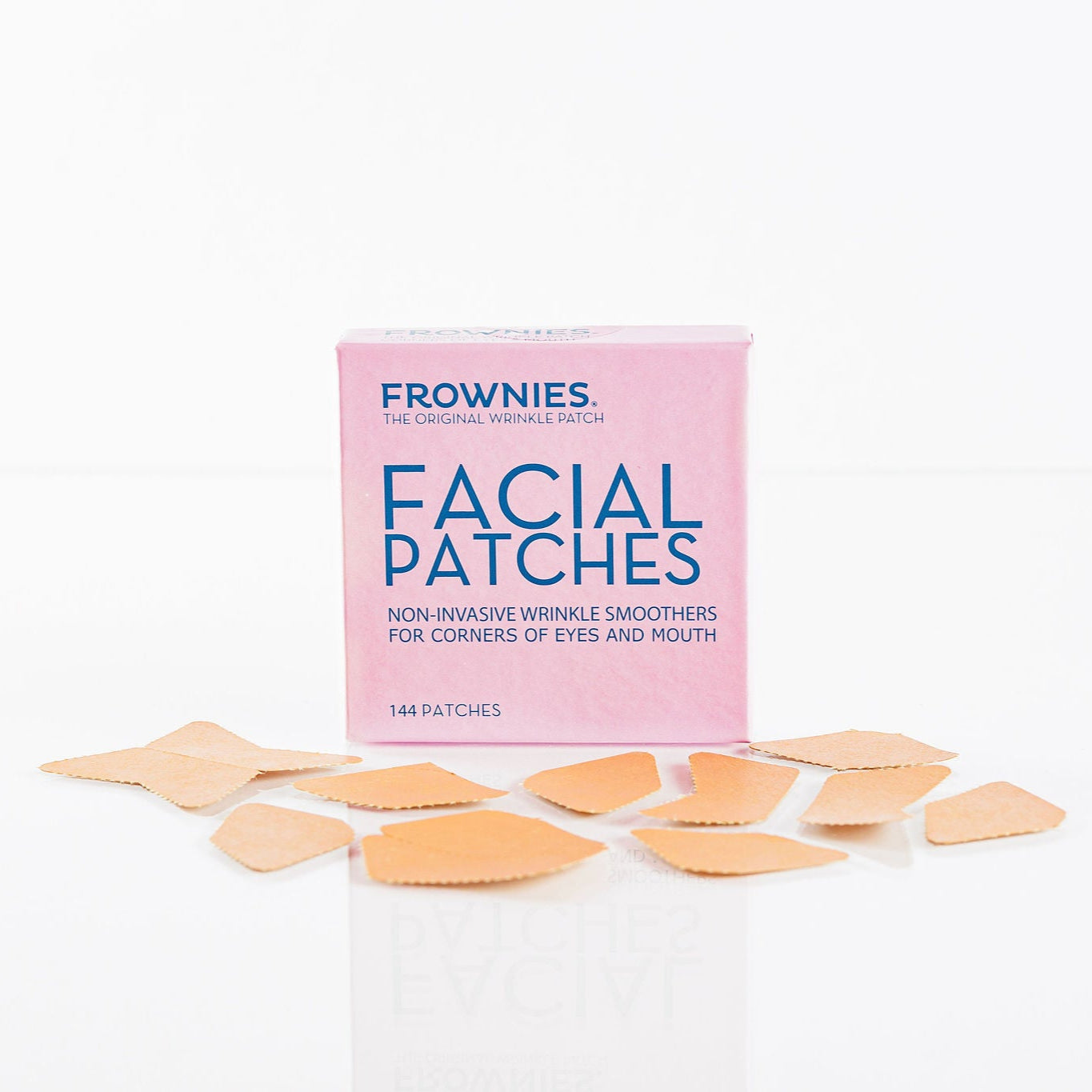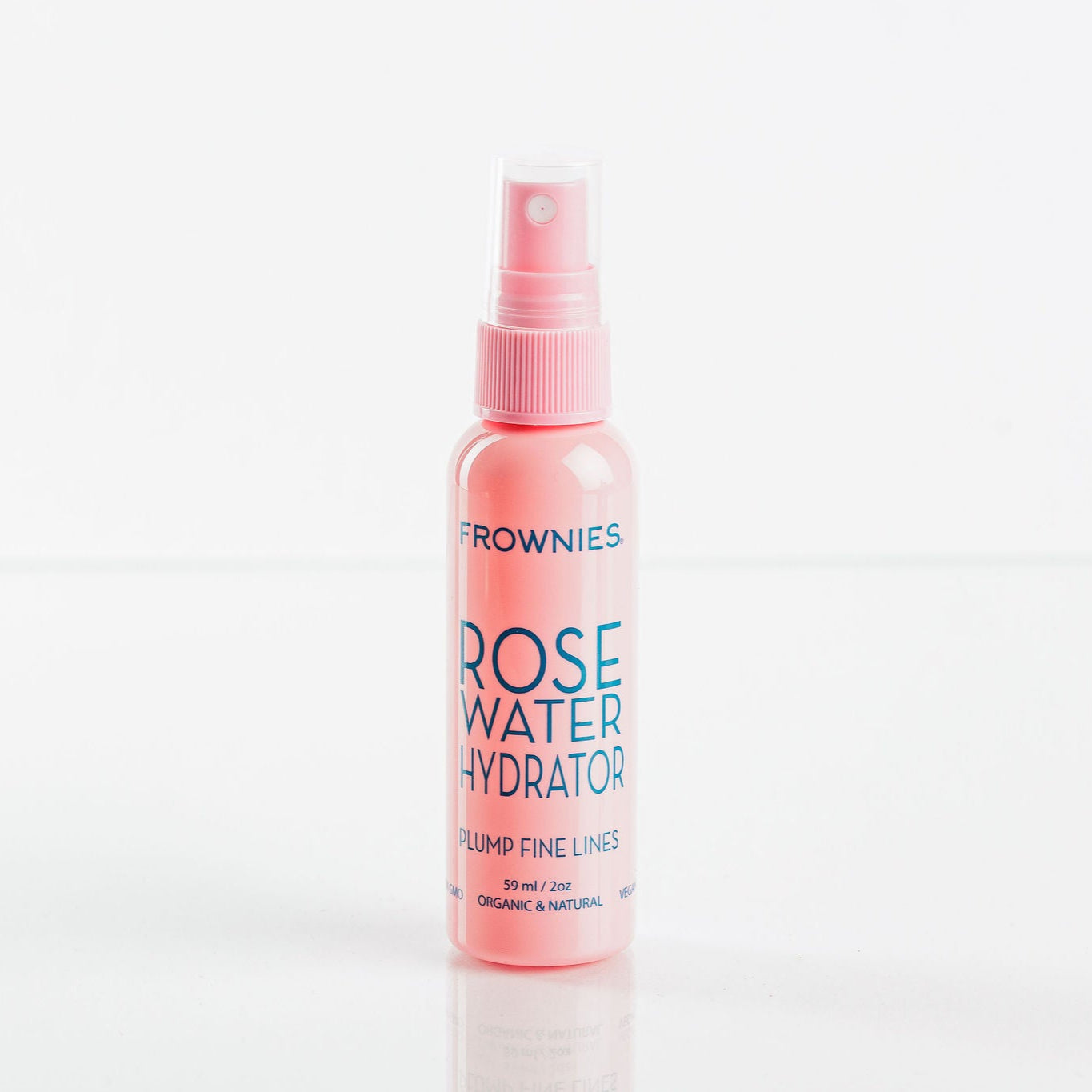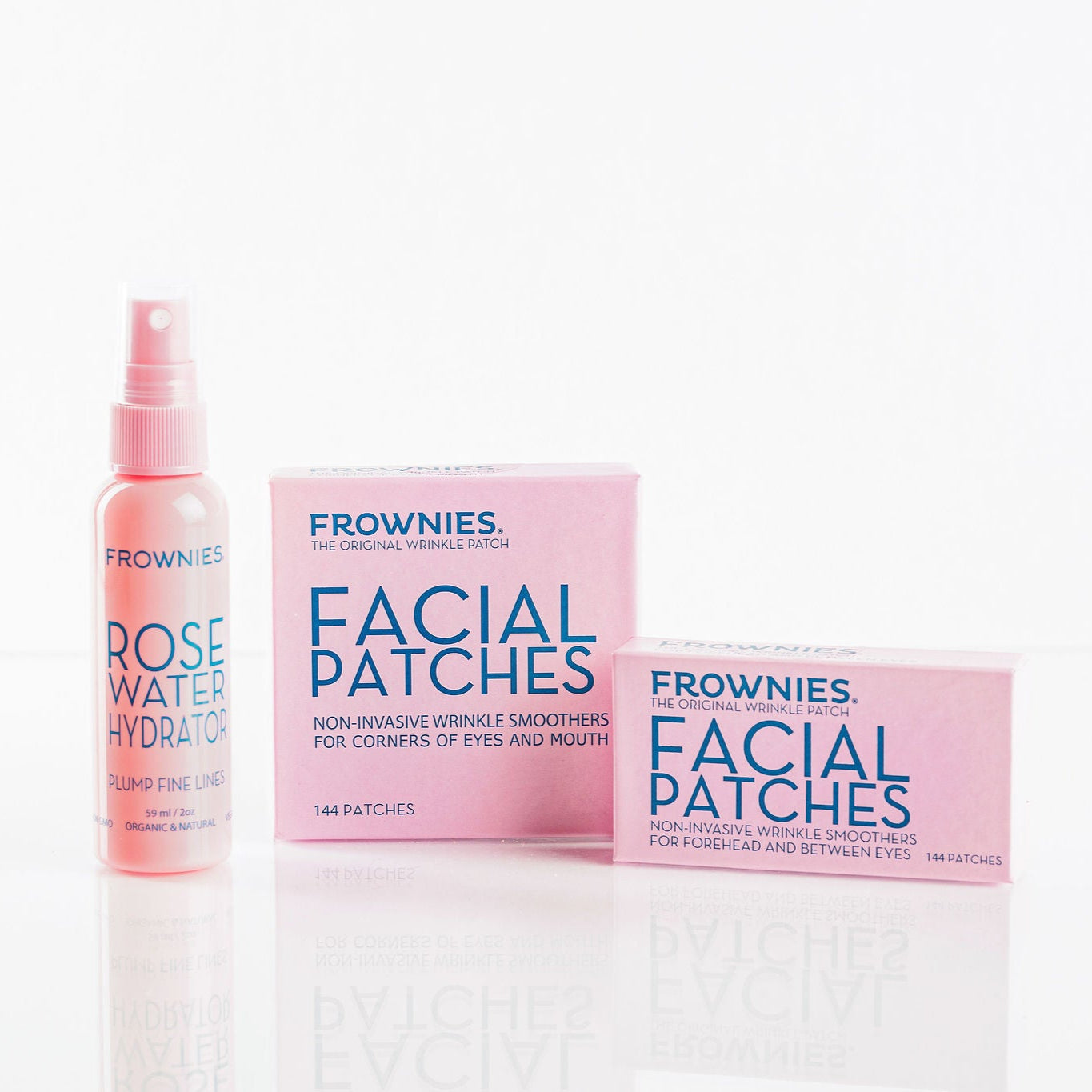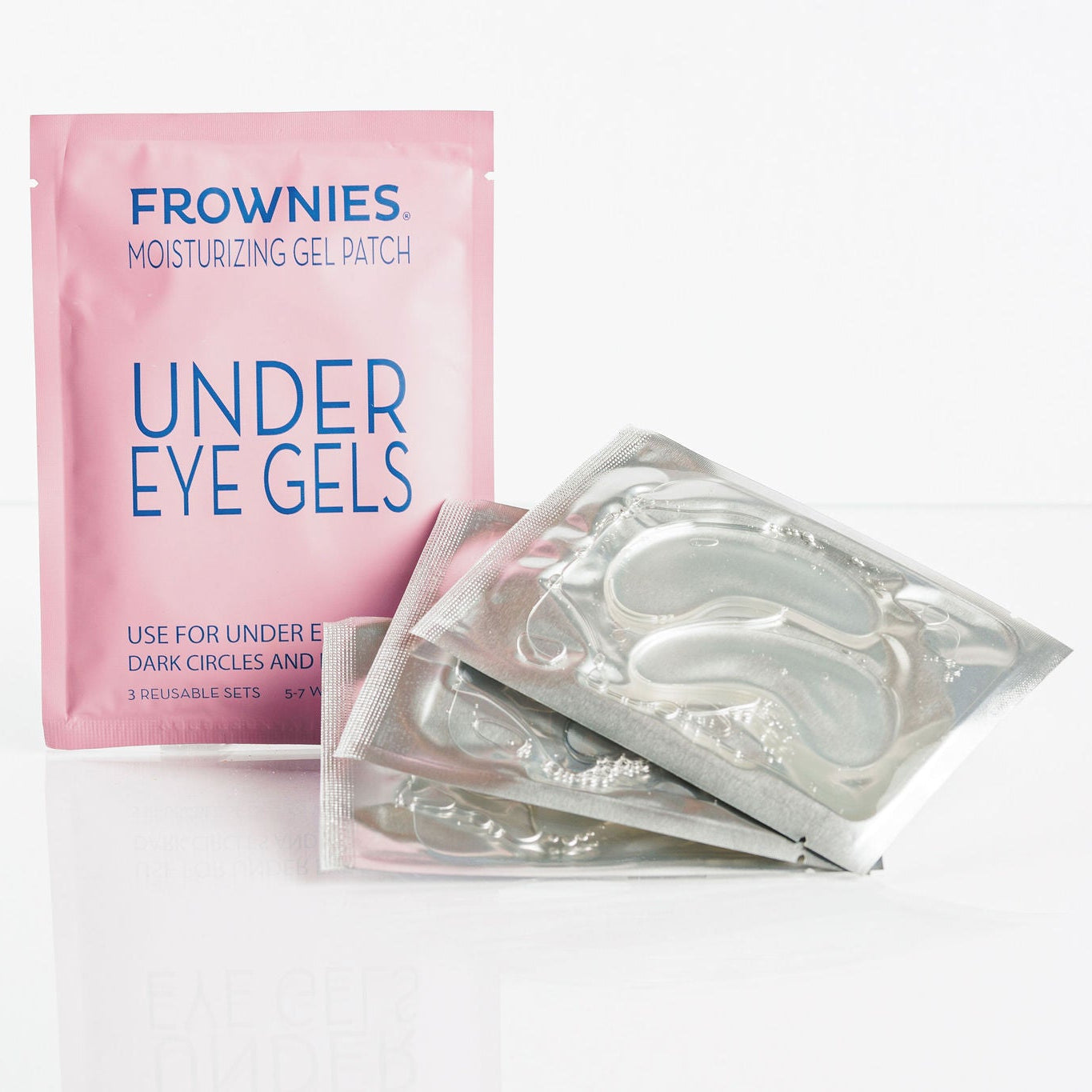
When you hear the word “wrinkles,” most people think of the wrinkles on their faces. Our faces do tend to wrinkle first due to the 20 facial muscles pulling on our facial skin as we make thousands of facial expressions every day.
At the first sign of forehead wrinkles or loose skin, many people begin to take extra precautions to age gracefully and to keep their face looking as healthy as possible. And while your face may be your primary concern, other areas of your skin can show signs of aging as well.
The skin on our chest, backs of our hands, and neck area may appear to age more quickly than other areas of our bodies. That is because these areas tend to have thin skin, less adipose (fat) tissue, and more sun exposure over our lifetimes.
In this article, we will explore the types of neck lines you may see and the options for treatment for neck wrinkles. But…
The truth is, neck lines are totally normal!
Our bodies are made with extra skin in some highly mobile areas, including our necks, in order to stretch and accommodate movement.

Types of Wrinkles on Neck
When you look in the mirror, you may notice two types of neck lines – vertical neck lines and horizontal neck wrinkles.
Vertical Neck Lines
Vertical neck lines come from the platysma muscle under our skin. Similar to the muscles of the face, the platysma muscle of the neck attaches directly to the skin and subcutaneous tissues. The platysma muscle works with other muscles of the face to create facial expressions. The platysma also assists the muscles of mastication in chewing. Vertical neck lines, also known as platysmal neck bands, can become more prominent as we age due to overuse of the platysma muscle and loss of collagen and elastin in the overlying skin. Vertical neck lines may also be more noticeable after significant weight loss or in people who have endured extreme stress which causes tension in the neck muscles.
Horizontal Neck Lines
There are a few different factors that contribute to horizontal necklines including environmental damage, repeated movements, and genetics. Similar to forehead wrinkles caused by repeated facial expressions, the horizontal lines on our necks are often caused by repetitive motions and prolonged positions. Referred to as text neck or tech neck, we often crease our necks as we look down at our phones – sometimes for multiple hours per day! Just like the skin on our face, the health of the skin on our neck will determine how pronounced the neck lines become. Over time, our skin loses collagen and elastin, two connective tissue fibers that are responsible for our skin’s flexibility and plump, supple texture. With less collagen and elastin, our skin doesn’t “bounce back” after being stretched and may hold the creases in the skin resulting in horizontal neck wrinkles.
Common Neck Treatments
Remember, neck lines are normal. However, there are treatment options to minimize the appearance of neck wrinkles.
Many people explore cosmetic surgery as a solution. The most popular surgeries for improving neck wrinkles include:
- Dermal Fillers: Ideal for non-surgical volume restoration and smoothing out neck lines.
- Botox: Botulinum Toxin Injections relax neck muscles, diminishing the appearance of wrinkles.
- Neck Lift (Nefertiti Lift): Surgical procedures performed by plastic surgeons, offering more permanent solutions.
Despite these choices, it's worth noting that natural neck rejuvenation treatments often provide the safest and most sustainable approach to maintaining neck skin health. You may not need a plastic surgeon to treat your neck wrinkles, you can try some of these prevention steps and non-invasive at-home treatments.
Everyday Steps to Avoid Neck Lines:
The best way to avoid neck wrinkles is prevention, stopping fine lines before they start. If you are just starting to see lines on your neck, now is the time to take action against neck wrinkles with these simple steps.
Treat your neck as part of your face
Since the skin of your neck is similar to the skin of your face, you should care for your neck and face in similar ways. Any moisturizers, serums, and broad-spectrum sunscreen that you apply to your face, you should consider using on your neck as well to protect the neck skin from signs of premature aging.
Pay attention to your posture
Prolonged posture and repeated movements, specifically looking down at your phone, largely contribute to tech neck wrinkles. Try these three tips to prevent neck wrinkles:
- Hold your phone at eye level
- Take breaks from using your device
- Stretch your neck and shoulders
Top tips to tighten neck skin:
Many factors will influence the best ways to tighten neck skin including your age and overall health, the cause of the neck wrinkles, and severity of the neck lines.
Here are a few of the best ways to tighten loose neck skin or sagging neck skin:
1. Best Neck creams for wrinkles
The easiest way to care for skin on your neck is to maximize the skincare routine you are already using. Look for moisturizers and serums containing hyaluronic acid and Vitamin C. You can apply the same high-quality face cream or serum that you use on your face to the skin of your neck.
 If you want to step up your treatment of neck lines, we recommend Frownies Chip Up Polypeptide Mask. Frownies Chin Up contains polypeptide amino acids that are critical to the production of collagen and elastin in the skin. The Frownies Chin Up mask is applied to the neck and jawline for 15 to 30 minutes to allow the polypeptides to be absorbed into the skin and maximize the neck wrinkle treatment. The polypeptides in Frownies Chin Up are known to help tone, tighten, and smooth the appearance of neck wrinkles and neck lines.
If you want to step up your treatment of neck lines, we recommend Frownies Chip Up Polypeptide Mask. Frownies Chin Up contains polypeptide amino acids that are critical to the production of collagen and elastin in the skin. The Frownies Chin Up mask is applied to the neck and jawline for 15 to 30 minutes to allow the polypeptides to be absorbed into the skin and maximize the neck wrinkle treatment. The polypeptides in Frownies Chin Up are known to help tone, tighten, and smooth the appearance of neck wrinkles and neck lines.
As with any new skincare routine, it may take 30 days or more to begin to see the desired results. Finally, make sure to complete your skincare routine by applying sunscreen to your face, neck, and chest every day! UV radiation from the sun will damage the skin and cause premature photoaging resulting in crepey skin on the neck.
2. Wrinkle patches

Other silicone wrinkle patches on the market may temporarily diminish neck lines, but they are not likely a long-term fix. A silicone patch works by trapping moisture in the skin creating a temporary plumping and smoothing effect. That being said, Frownies Original Wrinkle Patch will not work on neck lines or neck wrinkles. Frownies Facial Patches work well to smooth facial wrinkles by creating a cast to train facial muscles to lay flat. However, you want your neck to move, so we do not recommend using Frownies Facial Patches on the skin of your neck.
3. Neck wrinkle exercises
Here are a few simple stretches and exercises for neck wrinkles that you can use throughout the day. These can be performed to prevent neck wrinkles and as a treatment for neck wrinkles.
Kiss the Sky
Overuse of the platysma muscle in the front of the neck may contribute to vertical neck lines. An overactive platysma muscle can be caused by stress and anxiety.
One way to release tension in the platysma muscle is to perform a stretch called “Kiss the Sky.”
Using your fingertips with medium pressure, anchor the skin at your collar bones. Extend your neck trying to look up at the ceiling. You will feel a strong pull across the front of your neck.
For a deeper stretch, you can “kiss the sky” and release repeatedly.
It is also beneficial to anchor the skin with both hands on one collarbone and rotate your chin up in the opposite direction.
Chin Tucks
Chin tucks improve your overall posture and combat tech neck wrinkles.
To perform chin tucks, place one hand on the back of your head. Gently press the back of your head into your hand. Imagine you are sliding your earlobes back in line with your shoulders.
This exercise is best performed in front of the mirror to make sure you are not tightening the front of your neck and activating the platysma muscle that is responsible for creating vertical neck lines.
4. Body Gua Sha
Gua sha is a form of massage with roots in Traditional Chinese Medicine. This form of massage uses a smooth tool, usually made of stone, to perform gentle massage. Gua sha was used to heal a wide variety of ailments in ancient China.
Gua sha is meant to be performed with a light touch and is thought to work on the lymph system to move stagnant fluid. Because gua sha uses a tool to create gentle friction across the surface of the skin, gua sha may also stimulate collagen production. Try out this time-honored practice with Frownies Rose Quartz Gua Sha.
To specifically target neck wrinkles, check out this tutorial video from Wilding on how to perform body gua sha for neck lines.
5. Facial Cupping
Similar to body gua sha, facial cupping uses tools across the skin's surface. Facial cupping is thought to improve circulation and stimulate collagen production as a treatment for neck wrinkles. Cups used for facial cupping are much smaller than cups used in other areas of the body. These smaller cups are better able to contour to the shape of the face and neck. Smaller cups are also safer to use on crepey skin on the neck. While facial cupping does require a slight suctioning effect that may produce temporary redness to the treated area, facial cupping should not cause bruising or damage to neck skin.
Start Building a Routine for Neck Skincare
You don't necessarily need Botox for neck wrinkles. If you are looking to tighten loose neck skin, there are many non-invasive options to prevent and reduce neck wrinkles.
By embracing holistic approaches, high-quality skincare products, and non-invasive techniques, we can confidently face the future with long-lasting results, celebrating the beauty of aging gracefully. While neck wrinkles are a normal part of life, they don't need to define our beauty journey!
